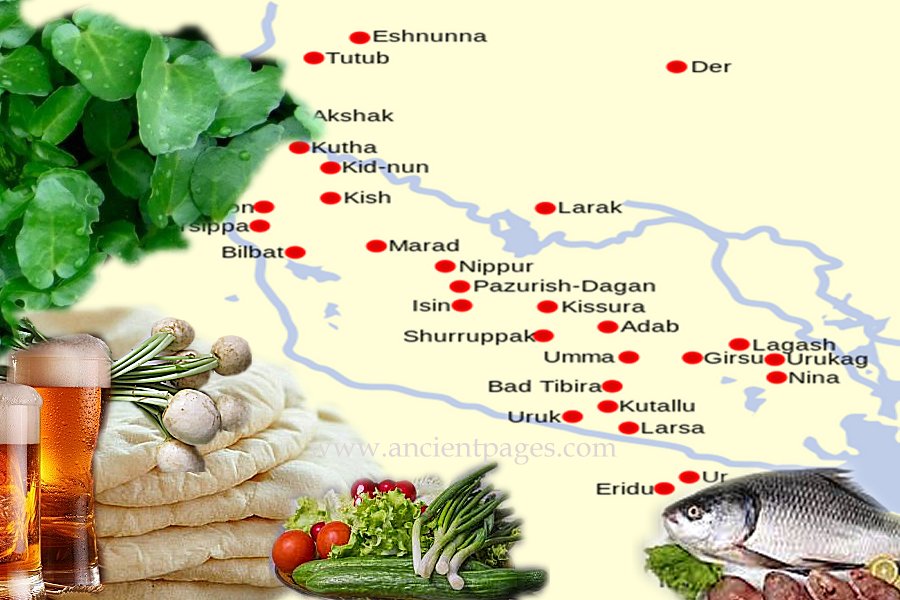Food And Clothing Of Middle Class Of The Sumerian Society
A. Sutherland - AncientPages.com - Many ancient cultures left their traces in Mesopotamia and these cultures had very much in common. They cultivated the same kinds of crops and had the same domestic animals. They also ate very similar food.
At first, meals were important in order to survive, and satisfy hunger, later, food was also consumed for enjoyment. Evening meals were usually taken before sunset; later, one could enjoy some entertainment. The poorest people like peasants ended their day with an evening meal only.
After a night usually spent on a reed mattress inside the house or on the house’s open second story (if the weather was warm), a middle-class Sumerian (a 'mushkinu') began his new day as a farmer, tailor, stonemason, potter or brewer.
Traditionally, each day started with morning prayers followed by breakfast, which for a ‘'mushkinu' contained barley flatbread along with some honey. The Sumerian diet usually varied depending on people's resources.
Hygiene was not any problem for the Sumerians or other Mesopotamian cultures. Most people had soap and water, and oils for personal hygiene. Both women and men combed and styled their hair. Men were also expected to comb and style their beards, and women were often expected to wear a head covering. The women braided their long hair, while the men had long hair and beards. Both men and women wore makeup.
Clothing for both sexes consisted of a kilt-like skirt (women wore long dresses), sandals, a wool tunic (sheepskin was also popular), and distinctive jewelry, especially rings. Then it was time to go to work.
Breakfast, lunch and evening meals
Common food for the ordinary Sumerian’s evening meal consists of fish mixed with cucumber, onions, apples, cheese, watercress, mustard, turnips and eggs. The diet of wealthier people was much more varied and enriched with beef, pork, birds, wild gazelle and wild fowl from the river.
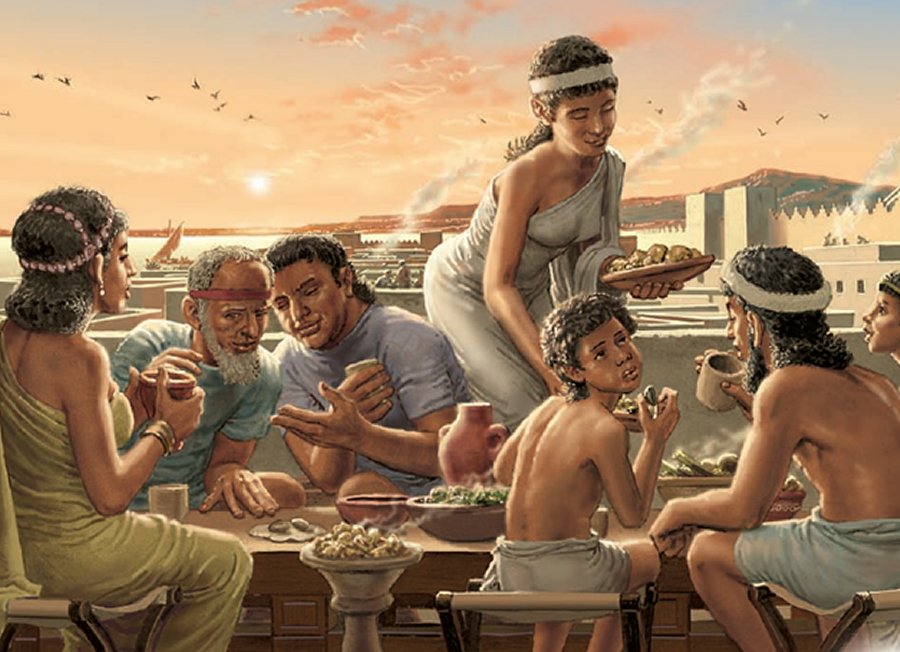
According to other Mesopotamian cuneiform tablets, more than 50 different kinds of fish were an important addition to the Sumerian meals. Image source: Living in Ancient Mesopotamia
Additionally, hunters provided wild boar and venison; milk, butter, and cheese came from cattle, goats, and sheep. Fish was sold by many fish sellers and even restaurants offered ready-cooked meals with fish.
See also:
Oldest Evidence Of Beer Was Found On A Sumerian Tablet In Mesopotamia
What Did Houses For Ordinary People In Sumer Look Like?
The lesser Sumerian meals of the day such as breakfast and lunch were based on many of these products, additionally accompanied by a great variety of vegetables.
Meals after a hard day of work could contain a grain cake cooked with diverse fruit, along with dried fish and a pitcher of beer.
Recently deciphered Akkadian cuneiform tablets dated to 1900 BC, revealed a list of more than 800 different food items, 20 different kinds of cheese, 300 different breads, and 100 kinds of soup.
According to other Mesopotamian cuneiform tablets, more than 50 different kinds of fish were an important addition to the Sumerian meals. Also, spices and diverse vegetables and fruits, as well as grains and legumes, complemented the Sumerian diet perfectly. However, one of the most important and widely respected ingredients was honey - the only natural sweetener added to food on a daily basis.
Honey was also used in religious ceremonies and poured over shrine thresholds and stones as a commemorative offering, and door bolts of sacred buildings were anointed with a mixture of honey and wine.
People liked beer
Honey was also used in making beer. The oldest evidence of beer is believed to be a 6,000-year-old Sumerian tablet depicting people drinking a beverage through reed straws from a communal bowl. In Mesopotamia (ancient Iraq), there is early evidence of beer in form of a 3,900-year-old Sumerian poem honoring Ninkasi, the patron goddess of brewing, which contains the oldest surviving beer recipe, describing the production of beer from barley via bread. Archaeologists have unearthed ceramic vessels from 3400 BC still sticky with beer residue.
Babylonians who were an ancient post-Sumer civilization were brewing at least 20 different varieties of beer by 2000 BC
Wine, on the other hand, was rather expensive and therefore restricted to the wealthy people. The main beverages were beer, wine, and water, but poor people only had access to water taken from the rivers. It was kept in long-spouted kettles that could filter out the muddy sediment and make it drinkable.
Written by – A. Sutherland - AncientPages.com Senior Staff Writer
Copyright © AncientPages.com All rights reserved. This material may not be published, broadcast, rewritten or redistributed in whole or part without the express written permission of AncientPages.com
Expand for referencesReferences:
Hunter N. Daily Life in Ancient Sumer
Bertman S. Handbook to Life in Ancient Mesopotamia
More From Ancient Pages
-
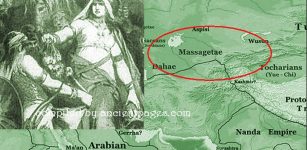 Massagetae Tribe And Its Queen Tomyris Whose Victory Over Cyrus The Great Became A Legend
Civilizations | Nov 18, 2019
Massagetae Tribe And Its Queen Tomyris Whose Victory Over Cyrus The Great Became A Legend
Civilizations | Nov 18, 2019 -
 On This Day In History: Sir Christopher Wren – Famous English Architect Was Born – On Oct 20, 1632
News | Oct 20, 2016
On This Day In History: Sir Christopher Wren – Famous English Architect Was Born – On Oct 20, 1632
News | Oct 20, 2016 -
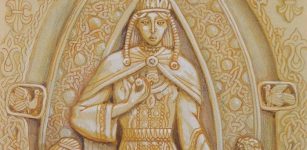 Lada: Jump Over Fire For Goddess Of Beauty, Love, And Marriage In Slavic Mythology
Featured Stories | Dec 11, 2017
Lada: Jump Over Fire For Goddess Of Beauty, Love, And Marriage In Slavic Mythology
Featured Stories | Dec 11, 2017 -
 Cave Art In ‘Painting Room’ – At Ojo Guareña (Burgos) Is Over 12,000 Years Old
News | Oct 2, 2020
Cave Art In ‘Painting Room’ – At Ojo Guareña (Burgos) Is Over 12,000 Years Old
News | Oct 2, 2020 -
 On This Day In History: Pakal Ascends The Throne Of Palenque At Age Of 12 – On July 29, 615
News | Jul 29, 2016
On This Day In History: Pakal Ascends The Throne Of Palenque At Age Of 12 – On July 29, 615
News | Jul 29, 2016 -
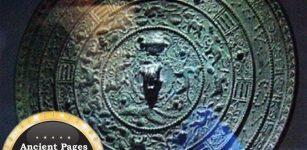 Mystery Of Ancient “Magical” Mirrors – Some Of The Strangest Objects In The World
Artifacts | Apr 21, 2011
Mystery Of Ancient “Magical” Mirrors – Some Of The Strangest Objects In The World
Artifacts | Apr 21, 2011 -
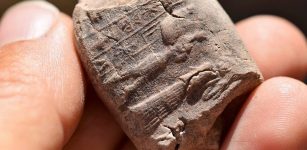 Old Babylonian Residential Building In Ur Dated To 1835 BC – Investigated
Archaeology | Jul 24, 2019
Old Babylonian Residential Building In Ur Dated To 1835 BC – Investigated
Archaeology | Jul 24, 2019 -
 Nicolas Bourbaki: The Greatest Mathematician Who Never Was
Featured Stories | Dec 24, 2019
Nicolas Bourbaki: The Greatest Mathematician Who Never Was
Featured Stories | Dec 24, 2019 -
 Death And Afterlife In Sumerian Beliefs
Civilizations | May 12, 2017
Death And Afterlife In Sumerian Beliefs
Civilizations | May 12, 2017 -
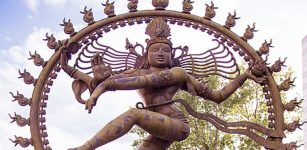 Shiva – Hindu God Who Resides In Every Being And In All Things
Featured Stories | Apr 8, 2019
Shiva – Hindu God Who Resides In Every Being And In All Things
Featured Stories | Apr 8, 2019 -
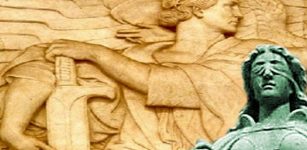 Lady Justice (Justitia): Legal And Philosophical Concept Produced In Remote Antiquity
Featured Stories | Nov 7, 2019
Lady Justice (Justitia): Legal And Philosophical Concept Produced In Remote Antiquity
Featured Stories | Nov 7, 2019 -
 Magnificent St. Paul’s Catacombs – Largest Underground Roman Cemetery In Malta
Featured Stories | Aug 28, 2019
Magnificent St. Paul’s Catacombs – Largest Underground Roman Cemetery In Malta
Featured Stories | Aug 28, 2019 -
 Mysterious Kolob – Does The Sacred Star Of The Mormons Exist?
Featured Stories | Feb 4, 2019
Mysterious Kolob – Does The Sacred Star Of The Mormons Exist?
Featured Stories | Feb 4, 2019 -
 Meet The First Neanderthal Family And Community
Archaeology | Oct 19, 2022
Meet The First Neanderthal Family And Community
Archaeology | Oct 19, 2022 -
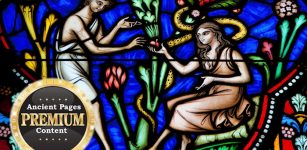 Biblical Mystery Of The Forbidden Fruit And The ‘Deep Sleep’
Biblical Mysteries | Feb 13, 2022
Biblical Mystery Of The Forbidden Fruit And The ‘Deep Sleep’
Biblical Mysteries | Feb 13, 2022 -
 On This Day In History: British Fleet Attacked The Spanish ‘Invincible Armada’ – On July 21, 1588
News | Jul 21, 2016
On This Day In History: British Fleet Attacked The Spanish ‘Invincible Armada’ – On July 21, 1588
News | Jul 21, 2016 -
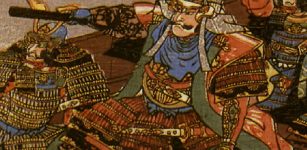 Warrior Uesugi Kenshin And His Nagamaki Special Guards
Featured Stories | Sep 4, 2018
Warrior Uesugi Kenshin And His Nagamaki Special Guards
Featured Stories | Sep 4, 2018 -
 Prehistoric Legacy Of The Mysterious Burnt City
Civilizations | Jan 22, 2021
Prehistoric Legacy Of The Mysterious Burnt City
Civilizations | Jan 22, 2021 -
 4,000-Year-Old Serpent-Shaped Wooden Stick Unearthed in Southern Finland
Archaeology | Jun 30, 2021
4,000-Year-Old Serpent-Shaped Wooden Stick Unearthed in Southern Finland
Archaeology | Jun 30, 2021 -
 Earliest Evidence Of Evolutionary Trait That Enabled Dinosaurs To Become Giants – Brazilian Fossil Reveals
Evolution | Jun 21, 2023
Earliest Evidence Of Evolutionary Trait That Enabled Dinosaurs To Become Giants – Brazilian Fossil Reveals
Evolution | Jun 21, 2023

